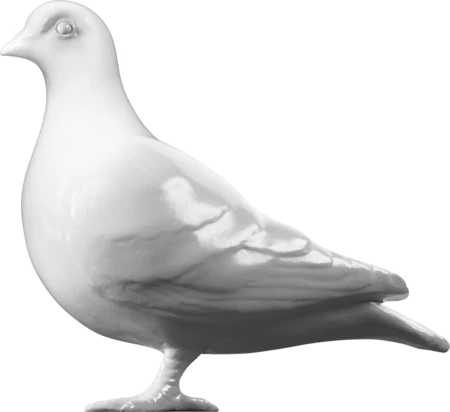Fashion — 1815-1830
Jacket, theatrical doublet (ensemble)
Doublet from a theatrical costume worn by Edmund Kean in the role of Richard III, while performing in the Shakespeare play of the same name.
Kean made his career breakthrough in January 1814, when he made his Drury Lane debut as Shylock in The Merchant of Venice. This was the first of a series of tragic Shakespearean roles that he would become famous for, also including Iago, Macbeth and Richard III. His acting style as Richard III incorporated both naturalism and ‘tragic grandeur’. He repeated his performance of Richard 25 times in his first season alone. His performance in this role on 12 February 1814 (just three weeks after his debut as Shylock) was described as follows: 'Kean bustled across the stage, every movement of his body alert and quick. The audience, accustomed to the heroic strut of tragedians, were startled. He seemed completely unaware of them; conscious of nothing but his own reflections. His opening soliloquy was not declaimed but spoken in natural tones.' The poet Samuel Coleridge said that seeing Kean act was 'like reading Shakespeare by flashes of lightning.'
Kean wore this costume as Richard III in both England and America. The costume includes a crown, a pair of boots, an armhole-cloak , a doublet , a pair of paned trunk-hose, and a theatrical sword belt, or baldric. It also includes a cushion, worn under the other garments to give the appearance of a "hump" in Kean's back. Shakespeare's play characterises the Plantagenet king as ‘deformed’ – what we would today call ‘disabled’. References are made to his hunched back, a week or immobilised arm, and a limp. It has been suggested that this was the first modern cultural representation of disability. It is widely presumed today that Shakespeare drew this image of the king from exaggerated descriptions in Tudor propaganda, designed to discredit past rulers. For example, in Thomas More’s History of King Richard III (1513-1518) Richard is described as being ‘little of stature, ill-featured of limbs, crook-backed, his left shoulder much higher than his right, hard-favoured of visage'. In that period, physical deformity or disability was sometimes believed to represent moral weakness, a ‘deformed’ mind, evil intent, or even villainy.
The excavation of Richard III’s skeleton in 2012 exposed Shakespeare’s depiction of the King to be exaggerated. Analysis of the skeleton revealed that the King had a scoliosis, resulting in some curvature of the spine and spiralling in the bone formation. Today this is known as 'adolescent onset idiopathic scoliosis', and is one of the commonest forms of scoliosis. Scientists concluded that this condition may have resulted in a slightly shorter-than-usual body (trunk), but would not have prevented his participation in normal physical activities.
There are two portraits of Kean as Richard III made in 1814; an etching by George Cruickshank and an engraving by Charles Turner. Both portraits show Kean clutching his left arm to his body, as if to communicate its weakness. The Turner portrait might also be suggesting curvature of the spine or another slight physical deformity around the shoulders, but this is not explicit. Either way, these portraits inform us that Kean did play the role with some physical demonstration of disability in addition to the "hump" cushion.
Though many actors became famous for their depiction of the character of Richard III, including Henry Irving and Laurence Olivier, the role was not played by a disabled actor in a significant production until the 2000s.
- Category:
- Fashion
- Object ID:
- 53.96/1
- Object name:
- jacket, theatrical doublet (ensemble)
- Object type:
- Artist/Maker:
- —
- Related people:
- Related events:
- Related places:
- Production date:
- 1815-1830
- Material:
cotton, leather, metal, silk
- Measurements/duration:
- L 465 mm (front), L 545 mm (back), L 790 mm (sleeve), W 510 mm (shoulder), CM 876 mm (waist) (overall)
- Part of:
- —
- On display:
- —
- Record quality:
- 100%
- Part of this object:
- —
- Owner Status & Credit:
Permanent collection
- Copyright holder:
digital image © London Museum
- Image credit:
- —
- Creative commons usage:
- —
- License this image:
To license this image for commercial use, please contact the London Museum Picture Library.

